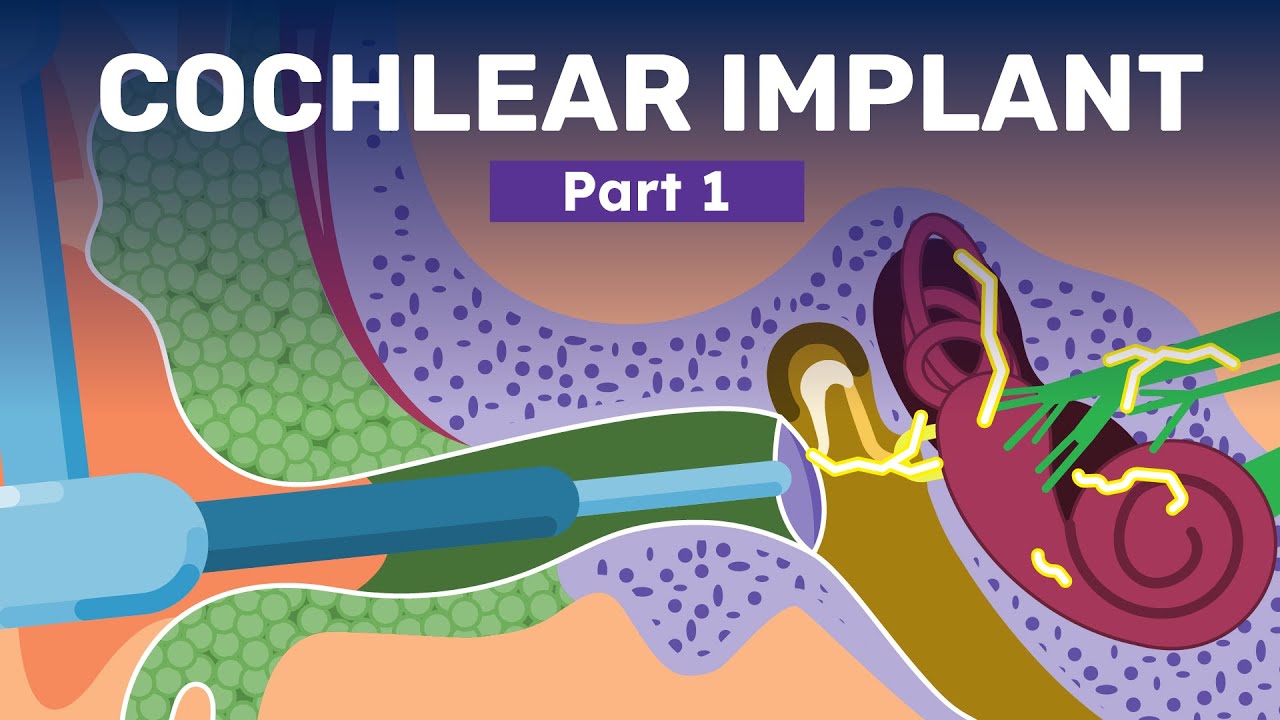How Hearing Loops Work
Summary
TLDRAmpetronic's hearing loop systems, utilizing T-coil technology, offer a revolutionary solution for individuals with hearing loss. By creating a magnetic field linked to a sound source, these systems enable clear, intelligible sound reception, unaffected by background noise or distance. T-coils in hearing aids or cochlear implants pick up this signal, providing access to sound in various settings, from retail counters to public transport. Ampetronic's commitment to delivering equal access to sound for all is central to their diverse and effective loop applications.
Takeaways
- 🦻 Hearing loss can be mitigated with hearing aids, cochlear implants, and hearing loop systems.
- 🔗 T-coils and hearing loops are widely recognized as the gold standard for assistive listening technology.
- 🌐 These technologies are gaining popularity globally for their effectiveness.
- 🎚️ Hearing loop systems create a magnetic field that is picked up by T-coil-enabled devices for clear sound transmission.
- 👂 T-coils convert the magnetic field signal into sound within the ear, enhancing the listening experience.
- 🏗️ Hearing loops can be installed in various settings, including outdoors and in challenging building structures.
- 🚪 Loops can be designed to prevent sound from spilling over into adjacent rooms, ensuring focused audio.
- 🛠️ In smaller spaces, a wall-mounted loop driver is sufficient to generate the necessary magnetic field.
- 💼 Hearing loops are beneficial in noisy environments like retail counters or reception desks for clear communication.
- 🏢 They are also integrated with window intercom systems and in public facilities like banks, buses, and elevators for accessibility.
Q & A
What is the primary purpose of a hearing loop system?
-The primary purpose of a hearing loop system is to provide people with hearing loss access to sound that would otherwise be unavailable to them, by producing a magnetic field that can be picked up directly by T-coil enabled devices.
What are T-coils and how do they relate to hearing loops?
-T-coils are telecoils in hearing aids or cochlear implants that can pick up a magnetic field produced by a hearing loop system, allowing users to listen to clear and intelligible sound directly through their hearing devices.
Why are T-coils and hearing loops considered the gold standard in assistive listening technology?
-T-coils and hearing loops are considered the gold standard because they offer a reliable and effective way for individuals with hearing loss to hear sound clearly, regardless of background noise or distance from the sound source.
How does a T-coil-enabled device receive sound from a hearing loop system?
-A T-coil-enabled device receives sound from a hearing loop system by picking up the magnetic field generated by the loop and transferring the signal via the hearing device into the ear.
Can hearing loops be installed in outdoor settings?
-Yes, hearing loops can be installed in outdoor settings such as railway platforms, with various loop configurations available to suit different environments and building structures.
What are the different types of hearing loops that can be installed?
-Hearing loops can be installed as simple perimeter or boundary loops, or more complex systems for larger areas or challenging building structures. They can also be designed to prevent sound signal spillover between rooms.
In what types of smaller spaces can a wall-mounted loop driver be sufficient?
-In smaller spaces, such as retail counters or reception desks, a wall-mounted loop driver can be sufficient to generate the required magnetic field for a T-coil-enabled device.
Where else can hearing loops be commonly found?
-Hearing loops can be commonly found in places like automated ticket and vending machines, car parks, transport concourses, elevators, and alongside window intercom systems in banks, buses, and taxis.
How does a hearing loop system enhance personal communication in noisy environments?
-A hearing loop system enhances personal communication in noisy environments by providing a direct, clear sound signal to T-coil-enabled devices, allowing for better audibility and understanding over background noise.
What is the core principle behind the effectiveness of hearing loops?
-The core principle behind the effectiveness of hearing loops is the ability of a T-coil fitted to a hearing aid or cochlear implant to pick up an electronic sound signal carried by a magnetic field generated by a loop driver.
What is Ampetronic's commitment regarding hearing loop systems?
-Ampetronic is committed to delivering equality of access to intelligible sound for all, ensuring that individuals with hearing loss can benefit from their hearing loop systems.
Outlines

このセクションは有料ユーザー限定です。 アクセスするには、アップグレードをお願いします。
今すぐアップグレードMindmap

このセクションは有料ユーザー限定です。 アクセスするには、アップグレードをお願いします。
今すぐアップグレードKeywords

このセクションは有料ユーザー限定です。 アクセスするには、アップグレードをお願いします。
今すぐアップグレードHighlights

このセクションは有料ユーザー限定です。 アクセスするには、アップグレードをお願いします。
今すぐアップグレードTranscripts

このセクションは有料ユーザー限定です。 アクセスするには、アップグレードをお願いします。
今すぐアップグレード関連動画をさらに表示
5.0 / 5 (0 votes)






